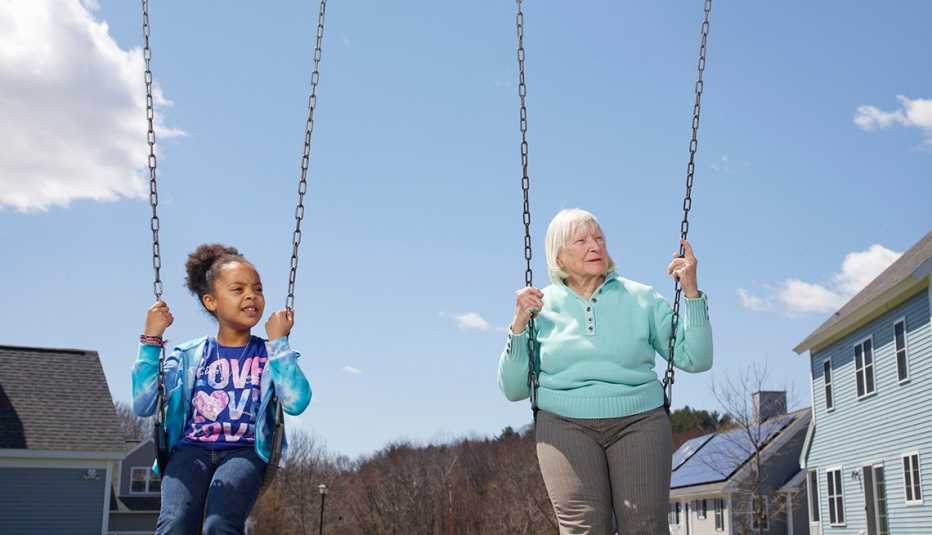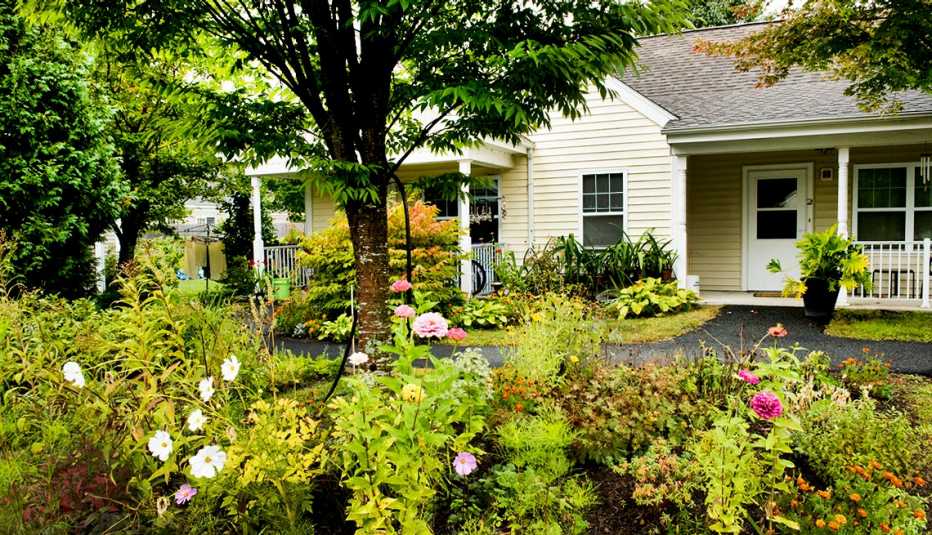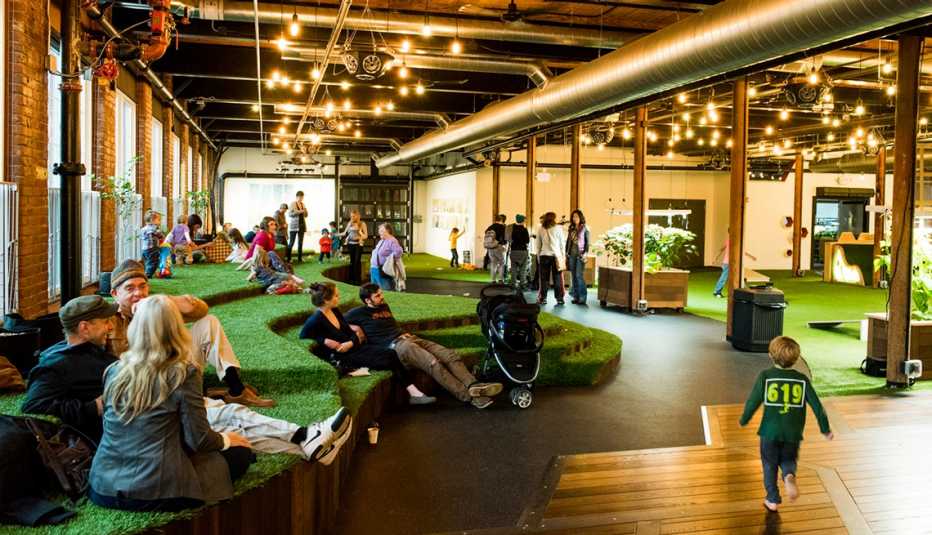Staying Fit


IT'S ONLY MIDMORNING and already Mary Steele has given rides to one teen who missed the school bus and to another who needed to get to work at a nearby mall. Later, Steele, 82, plays trucks with a 5-year-old boy whose mother is at work.
Then she heads over to a monthly gathering where 50 or so residents, ages 2 to 82, mingle and catch up. It's a raw, rainy New England day, but inside the community center, warmth abounds. Steele and others share lentil soup, fresh bread and abundant hugs. She asks a couple of kids about the puppet show they're putting on during a school break, inquires about a neighbor's job at a social service agency and signs a get-well card for someone in the hospital.


AARP Membership— $12 for your first year when you sign up for Automatic Renewal
Get instant access to members-only products and hundreds of discounts, a free second membership, and a subscription to AARP the Magazine.
Treehouse Community
- Town: Easthampton, Mass.
- Population: 120
- Median age: 75
- Standard Rent: $830 a month
Steele, a former family counselor, is one of 53 older women, along with 10 men, living at Treehouse, an intergenerational community in Easthampton, Mass., designed to support children who are in state foster care, as well as their foster and adoptive parents. Steele and her peers—here called "elders"—range in age from 58 to 88. They've come from around the country to this affordable housing community in the Pioneer Valley of western Massachusetts, drawn by a desire to make a difference in the lives of traumatized children—and their parents.
"It gives me a sense of belonging and satisfaction to be here helping the families," says Steele, who raised her own granddaughter from age 10. "Parents need as much support as the kids. This place is ideal because I can continue to make a contribution. I also didn't want to live with people all the same age."
That's not a problem at Treehouse, home to 40 children and 17 parents. The 11-acre development intersperses a dozen townhouses for the families with 48 senior cottages on either side of a circular road; there's also a community center with a library, kitchen and common room.



































































More From AARP
Retirement Community of Care
New England’s intergenerational Treehouse provides residents with a sense of purpose.A Permanent Vacation Under the Florida Sun
At The Villages, retirement is a never-ending party